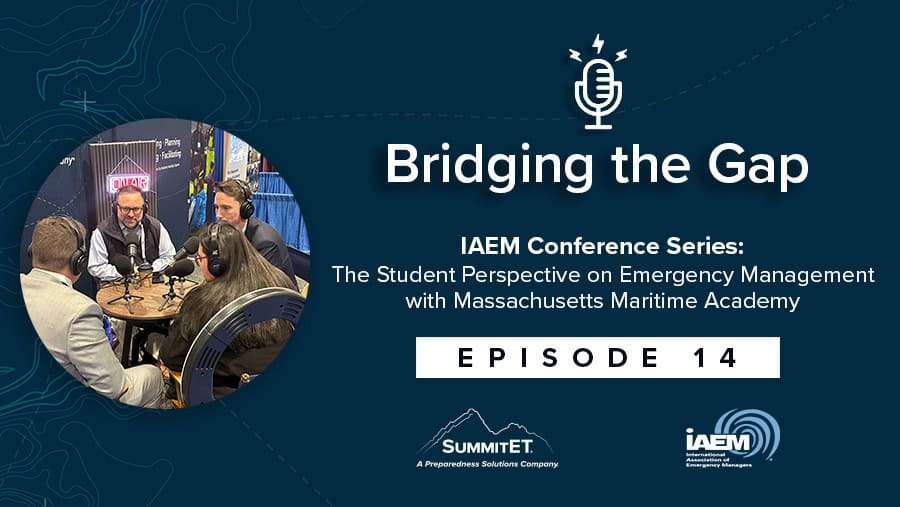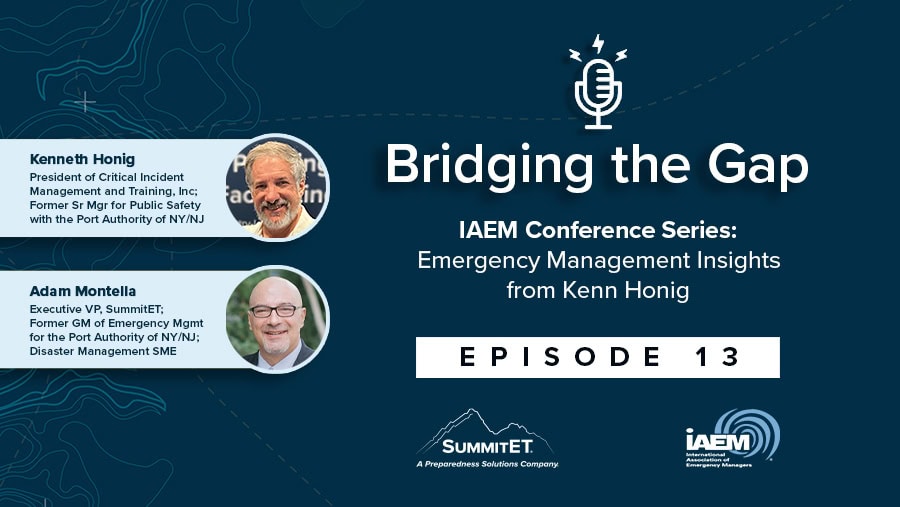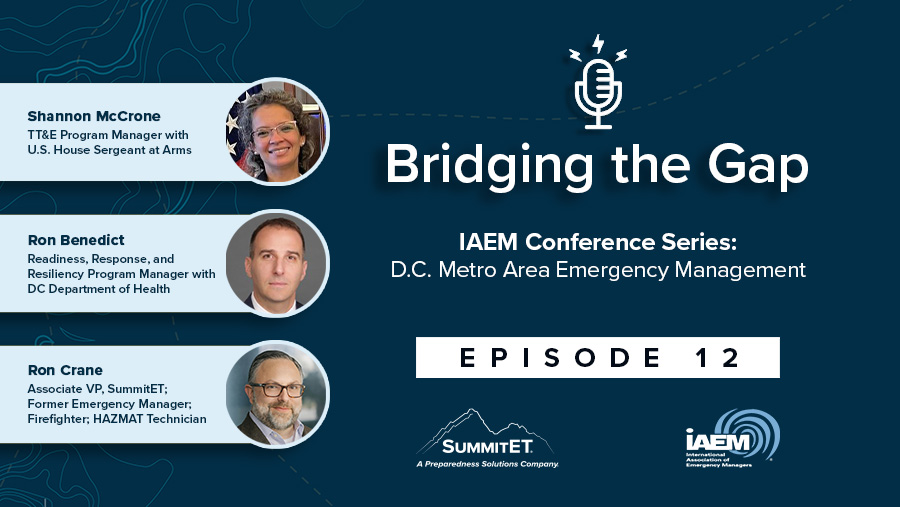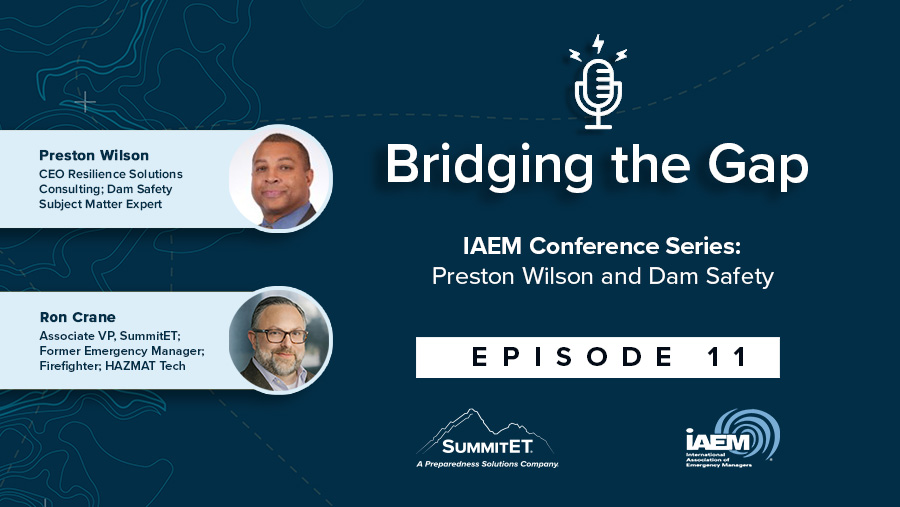In part two of this series focused on strategic communication for higher education, addressing sensitive and controversial issues, SummitET® Strategic Communications experts sit down with internationally recognized scholars of risk and crisis communication, Deanna Sellnow, Ph.D. and Tim Sellnow, Ph.D. to discuss how communicators and decision–makers can integrate the IDEA Model for effective risk and crisis communication to address sensitive and controversial issues. Higher education institutions can use the IDEA Model to create their own communication framework which is easy to understand, remember, and employ during unprecedented crises experienced at their institutions.
What is the IDEA Model?
The IDEA model for risk and crisis communication provides spokespersons with a framework for communicating sensitive and controversial issues during times of crisis. Grounded firmly in theory and empirical research, IDEA uses four key components – Internalization (I), Distribution (D), Explanation (E), and Action (A) – to craft messages and communicate them effectively.

Addressing Communication Gaps and Challenges
Many existing risk communication message templates have an overemphasis on explaining the science behind the risk, leaving the audience concerned but without recommended actions to protect themselves. In other words, the communication was sender-oriented, with an emphasis on information output and a lesser focus on the intended receiver and actionable outcomes. In many cases the communications trainings left lingering questions such as “Was the learning happening? Were people understanding what was going on, realizing its relevance, and taking the appropriate actions?”
The gap between information output and receiver input was in part due to the lack of readymade templates like the IDEA Model. This model was designed to help those who wanted to communicate effectively during a crisis event while ensuring their information was comprehensible to the receiver.
Applying the IDEA Model to Higher Education Institutions
Higher education is facing several different crises, many related to navigating world events such as the Palestinian-Israeli conflict and Ukraine-Russia conflict. These global, social issues are difficult to discuss and need to be analyzed and addressed in a multi-faceted way, and that is what the IDEA model helps to accomplish.
Ensuring Stakeholders Understand the Potential Impact of the Crisis
Start by identifying the existing information stakeholders have received, then determine how they are interpreting the situation and the risk. Using that knowledge to enhance the messaging around the real (or perceived) risk to develop a more nuanced explanation from an understandable perspective.
What Process Do Universities Use to Engage with and Understand Their Stakeholders?
Internalization is not linear; it is very much fueled by dialogue. Higher education institutions can be good at stimulating dialogue and listening to student groups, but not always. As previously mentioned, it is important to start with where the listener is coming from, and then create a mutual understanding about a situation rather than dictating to others the impact and the relevance of a risk or crisis.
Determine the Most Effective Channels of Communication
Best practice is for university administrators to simply ask stakeholders what communication channels they use and then commit to effectively using those technologies and pathways. Listening is key. Twenty years ago, risk communication best practices recommended identifying a single best spokesperson and single best channel for delivering messaging. With the advent of 24/7 access to various social media channels, it is critical to have multiple spokespersons converging with a similar message across multiple platforms. Redundancy is not bad; consistency is good.
“Redundancy is not bad; consistency is good.”
How Do You Determine the Best Communicator for the Message?
It depends on the target audience. Universities have many different stakeholders, and they tend to hold credibility differently from various spokespersons, influencers, and sources. It is important to identify the opinion leaders for your intended audiences. Those opinion leaders are sometimes social media influencers who are needed for their credibility with the target audience that the scientist or academic researcher does not have.
“We need to be vigilant during the quiet times.”
To remain adaptive to shifting opinion leaders, we need to be vigilant during the quiet times. When a crisis erupts, it is too late to identify who the influencers are. It is important to have identified multiple stakeholders with diverse perspectives during the quiet periods to create a network that can easily be tapped when needed. If you leave out an influencer in your planning phase, they will have ample opportunity to reach a broad audience on their own, with a message which may not be accurate or reflect your intended message.
The Easiest Way to Start Training.
Elevate your team's communication game with our flexible strategic communications workshops. Whether it's in-person, virtual, or hybrid, we offer tailored training options to suit your goals. Empower your team today and enhance your communication skills with expert guidance.
Putting the IDEA Model into Action
Surprisingly, the action element was missing from risk communication previously. The audience received the message of risk but were not given concrete actions they could take to protect themselves. Without action, the credibility of the message deteriorates quickly. The cultural norm of the United States is self-efficacy, what can individuals do to protect themselves and those they care about. Cross-cultural research has shown collective efficacy and community effort is critical to reducing harm and mitigating risk.
As crisis communicators, we should provide stakeholders with an action plan which includes what they can do, what they should do, and what they must do depending on where you are on the crisis timeline. Furthermore, for the plan to be effective, it must be clearly communicated and feasible, so the intended audience can take action without getting bogged down in details.
Future Applications of the IDEA Model
There is potential for the IDEA Model and the dialogue that comes with it to help expose middle ground on polarizing issues. It works by requiring communicators to listen and internalize the thoughts and feelings of those affected by an issue before moving forward. Surveys have increasingly shown individuals on both sides of any given political spectrum value the middle ground, especially when they believe they are moving toward it.
For the past three years, Dr. Deanna Sellnow and Dr. Tim Sellnow have worked with the DECIPHER Project, a multi-country research collaborative of crisis communication scholars. They studied how authorities and the media in seven different countries affected people’s ability to protect themselves against COVID-19 and be better prepared for the next crisis. This collaborative research looked at government communication, citizen responses, and media coverage and focused on the nuanced differences across the seven represented countries. Understanding these cultural nuances is a critical lesson for crisis communication in the globalized society we live in.
Final Takeaway of the IDEA Model
As communicators go forward with the application of the IDEA Model, we need to remember to capitalize on the quiet times and build relationships and networks across cultures and other barriers of difference. We should stay vigilant between crises so when they do erupt, we will already have a Community of Practice in place to be able to disseminate a redundant, consistent message. Strategic communication is ongoing and social capital can and should be built during those quiet times.
To further engage with Dr. Deanna Sellnow’s and Dr. Tim Sellnow’s work:
- Visit the International Crisis and Risk Communication Association’s website: https://wearecrisiscomm.com/.
- Check out their new book: Before Crisis: The Practice of Effective Risk Communication
The IDEA model offers a simple and user-friendly approach to crisis communication. Its application highlights the shortcomings of poorly coordinated and poorly executed risk and crisis communications during a crisis event. Adopting the principles of IDEA offers organizations and media outlets the chance to greatly improve disaster communication.
Meet the Experts Featured in This Podcast

Deanna Sellnow, Ph.D.
Professor of Strategic Communication &
Co-creator of the IDEA Model

Tim Sellnow, Ph.D.
Professor of Strategic Communication &
Co-creator of the IDEA Model

Holly Hardin
Former Comms Analyst for DOE/ NNSA Enterprise & Emergency Management Lead at ORISE

Ron Edmond, Ed.D.
Former Acting Director of ORISE Emergency Management Lab & Crisis Communication SME
Visit our Terms & Conditions




